26 Nov 1954
Vzhůru sportovci
No overview found
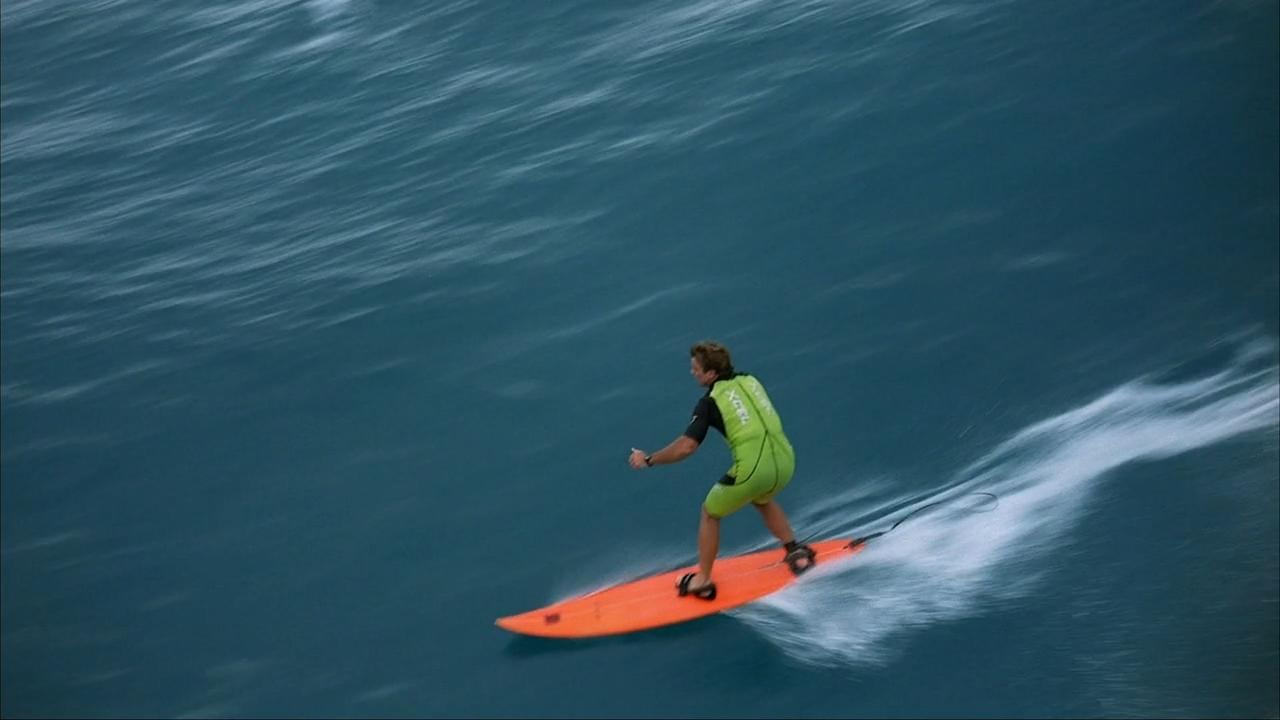
EXTREME is a visually stunning 45-minute journey into the soul of adventure featuring a cast of world champion athletes. Combining incredible extreme sport action with narration from the athletes and an eclectic, contemporary soundtrack, EXTREME explores the paradox of human nature: facing fear from the edge of life.

Herself
Herself
Himself
Herself

Himself
Himself
Self
Himself
26 Nov 1954
No overview found
01 Jan 1954
No overview found
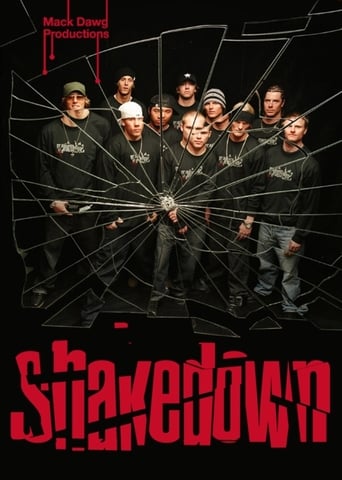
01 Dec 2003

For the first time ever, director Mike McEntire (Decade, Technical Difficulties) and director Sean Kearns (The Resistance, True Life) have joined forces to bring you the most progressive snowboard video ever - "SHAKEDOWN".
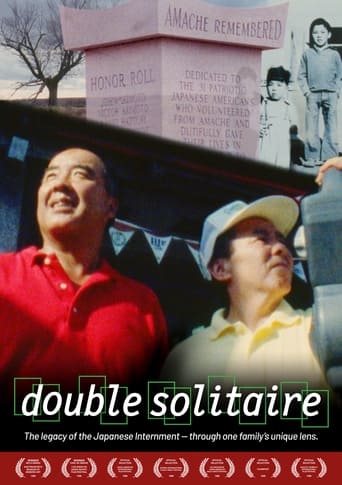
01 Mar 1998

The filmmaker's father and uncle, Norm and Stan, are third generation Japanese Americans. They are "all American" guys who love bowling, cards and pinball. Placed in the Amache internment camp as children during World War II, they don't think the experience affected them that much. But in the course of navigating the maze of her father's and uncle's pursuits while simultaneously trying to inquire about their past, the filmmaker is able to find connections between their lives now and the history that was left behind.
01 Jan 1954
No overview found
01 Jan 1955
No overview found
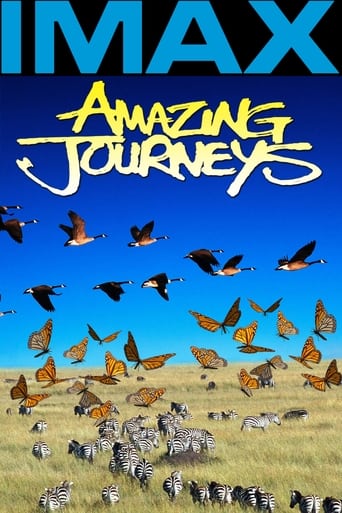
15 Oct 1999

By land, by air, and by sea, viewers can now experience the struggle that millions of creatures endure in the name of migration as wildlife photographers show just how deeply survival instincts have become ingrained into to the animals of planet Earth. From the monarch butterflies that swarm the highlands of Mexico to the birds who navigate by the stars and the millions of red crabs who make the perilous land journey across Christmas Island, this release offers a look at animal instinct in it's purest form.
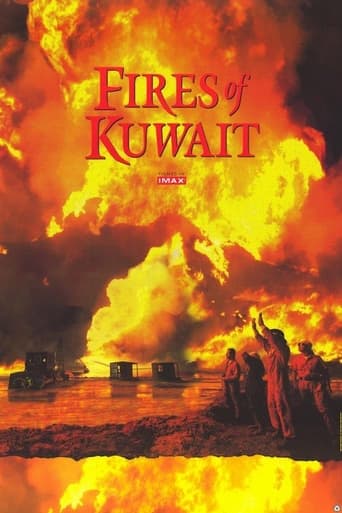
09 Jun 1992

After Saddam Hussein had the Kuwait Oil wells lit up, teams from all over the world fought those fires for months. They had to save the oil resources, as well as reduce air pollution. The different teams developed different techniques of extinguishing the fires. Man's emergency creativity can be seen at it's best.
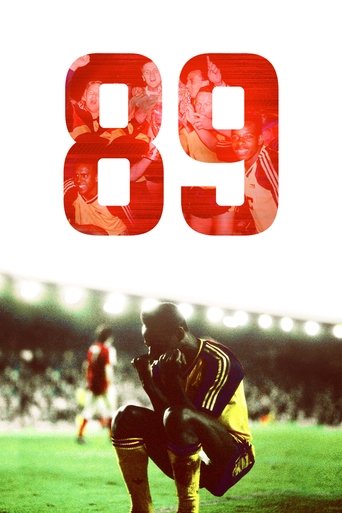
20 Nov 2017

89 tells the incredible story of one of football’s greatest triumphs: when against all odds Arsenal snatched the Championship title from Liverpool at Anfield in the last minute of the last game of the 1988/89 season. It’s a universal tale of a band of brothers who, led by a charismatic and deeply respected manager, came together to defy the odds and create history.

01 Jan 2017

The regular visitors to a recycling center in the Brooklyn borough of New York, run by René, a discreet Mexican who works and sleeps there, and by the Spaniard Ana de Luco, form a community capable of transcending their reality to turn it into a realm of their own, sometimes surreal, outside the great collective swindle of the American dream.
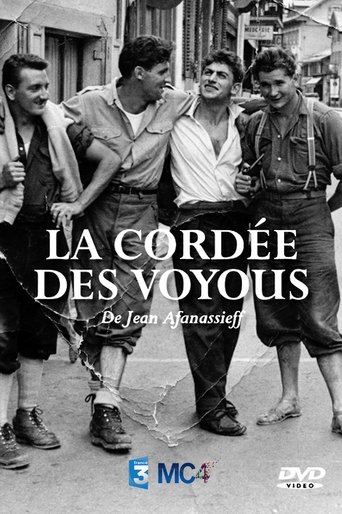
01 Jan 1997

Paragot and Bérardini: two climbers who fill all climbing enthusiasts with admiration. In Fontainebleau, Saussois, the Alps, the Andes, the Himalayas, and all over the world, they have left their names attached to the most difficult routes and the most prestigious peaks. Here, they recount only the climbs they completed together: famous expeditions to Aconcagua and Huascarán, firsts in the Alps and the Dolomites. An unwavering friendship, comical and tragic adventures—this is what they share with us in the warm atmosphere of their memories. "La Cordée des Voyous" will be included in Jean Afanassieff's film "La Grande Cordée," which deals with post-war proletarian mountaineering.
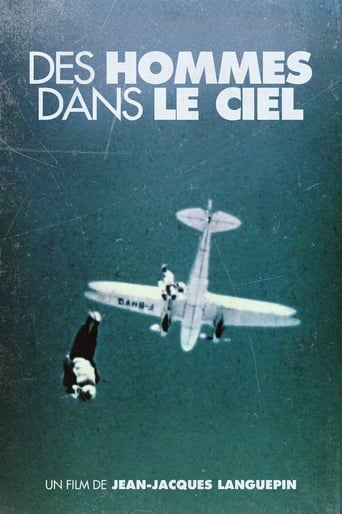
01 Jan 1958

No overview found
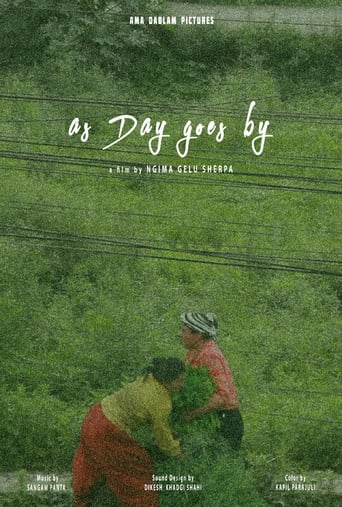
24 Oct 2024

On a summer day, from his balcony, the filmmaker observes two women diligently cutting grass for their cows on one of the last remaining vacant plots of Kathmandu.
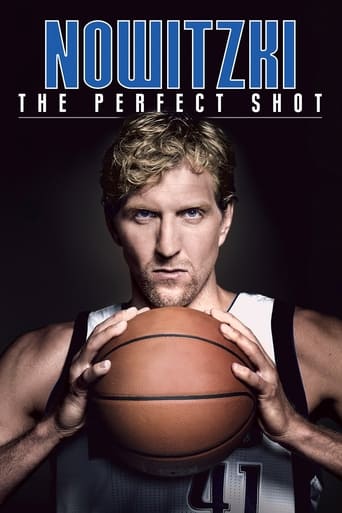
18 Sep 2014

This documentary chronicles the life story of the Dallas Mavericks' Dirk Nowitzki and his inspiring journey from Germany to superstardom in the NBA.
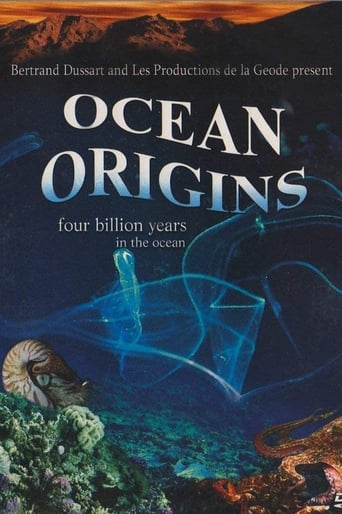
26 Jun 2001

A documentary that explores the natural world of the sea, from the single-celled organism to more complex forms of life, OCEAN ORIGINS was originally filmed in the IMAX large format, which adds a crispness and clarity to the images. This documentary film seeks to examine the process of evolution by looking at the many creatures of the sea that can illustrate the way multi-cellular life emerged over the course of four billion years. OCEAN ORIGINS is a creative film that uses fascinating documentary footage to look at scientific theories and principles in an interesting manner
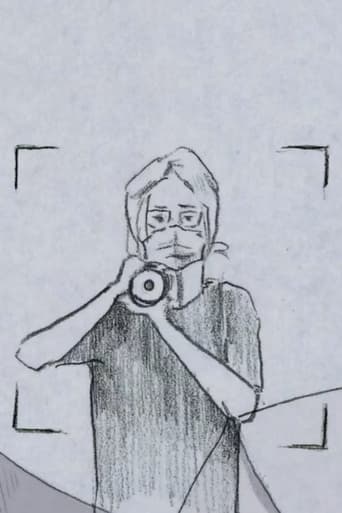
01 Jan 2021

Hong Kong is facing tyranny, and a pair of brothers are marching on their own ways in the revolution. However, the horror is approaching, and it’s like this city knows everything, it reborns after it collapses. There seems to be a huge energy behind this, asking inwardly: What is the fight for?

18 Jan 2022

Four female climbers face the sporting challenge of a lifetime as they attempt to compete in the first ever Olympic climbing competition at the Tokyo 2020 Olympics. The Wall: Climb for Gold follows four elite climbers, Janja Garnbret, Shauna Coxsey, Brooke Raboutou, and Miho Nonaka, over an extraordinary two years. They battle through Olympic qualifying events to earn their place at Tokyo, then face a gruelling season of competition and training that sees everything put on hold when the Covid-19 pandemic forces the Games to be postponed. As the young women confront their own mental and physical demons en-route to Tokyo, the film reveals an astonishing and inspiring insight into what it takes to be an Olympian and ultimately what it means to be human.
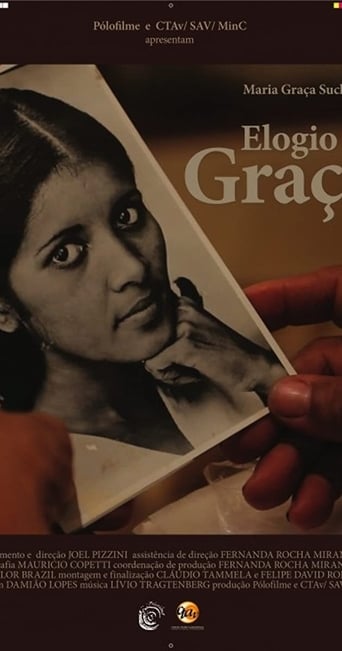
31 Mar 2011

No overview found
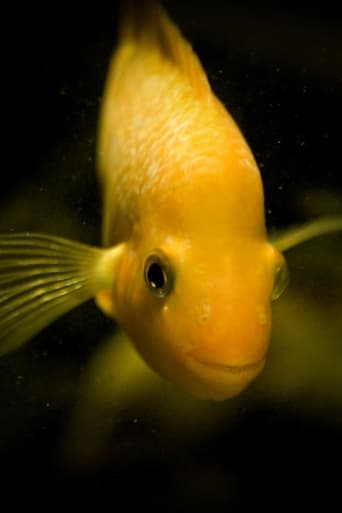
09 Sep 2017

Using his failed attempts at creating profitable stock footage, a filmmaker reflects on the absurd, mundane and funny side of being trapped inside your own head as an out of work, self-employed freelancer.
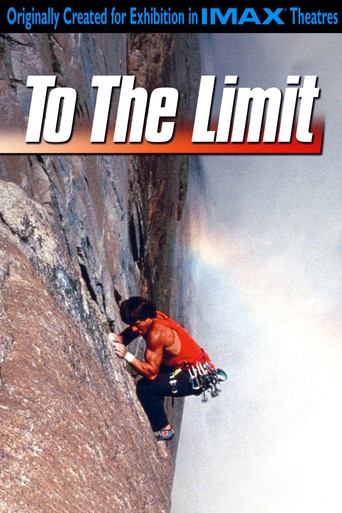
01 Apr 1989

This documentary follows world-class athletes as they perform spectacular, eye-opening feats. Experience a rock climber scale a near impossible cliff, an Olympic skier take to the mountains, and a prima ballerina make a dance that uses every single muscle look effortless.